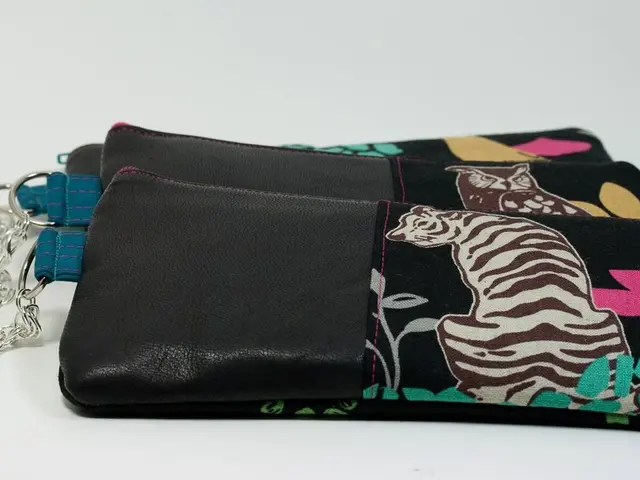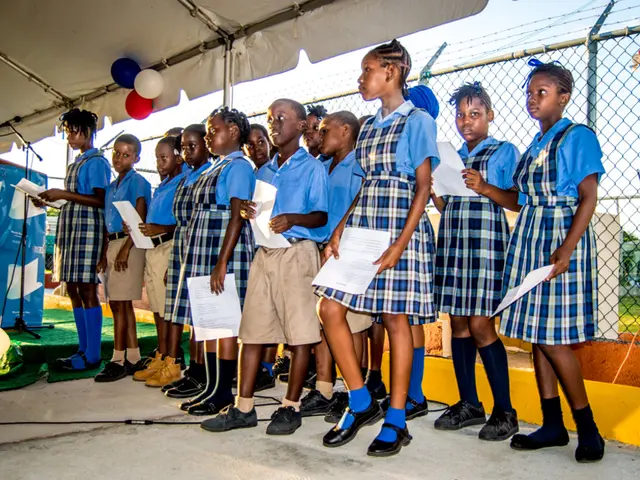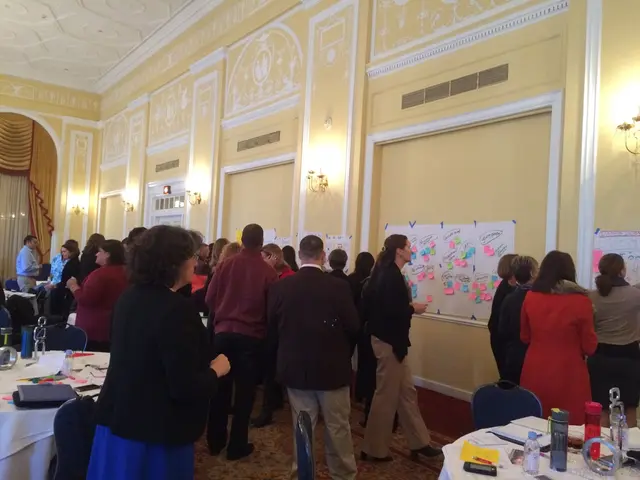Writing a Cover Letter: Guidelines, Templates, and Samples
A well-crafted cover letter can be the key to landing your dream job or securing a coveted academic position. Here's a guide on how to write an effective cover letter for both career and academic applications.
Career Cover Letters
A career cover letter should be tailored to the specific job you are applying for. It should begin by mentioning your industry experience or specific skills relevant to the job. Include examples of past projects or accomplishments with measurable results. Tailor the letter to the company's mission or values, showing how you can contribute to their goals. Keep it concise, usually 3 paragraphs long, with a professional tone.
Here's a brief example of a career cover letter:
Dear Hiring Manager, I’m excited to apply for the web developer position at [Company]. With 5 years of programming experience and a passion for creating user-friendly websites, I am confident I can bring value to your team. At my previous job, I built a fully responsive website that improved user engagement by 20% within three months. I admire [Company]'s innovation and community focus, and I would love to contribute my skills to your development team. Thank you for considering my application. I look forward to the opportunity to discuss how I can help [Company] succeed. Sincerely, [Your Name]
Academic Cover Letters
For academic cover letters, such as for graduate programs, internships, or research roles, emphasize relevant coursework, research projects, academic achievements, and your motivation for applying. Explain how your academic background aligns with the program or role’s requirements. Show enthusiasm for the field and any scholarly contributions or skills. Keep a formal tone, similar to a professional letter, but emphasizing academic credentials.
An academic cover letter example might include:
Dear [Admissions Committee/Professor], I am writing to express my interest in the Master's program in Environmental Science at [University]. My undergraduate studies in biology, coupled with hands-on research in water quality analysis, have prepared me well for this next step. I am particularly interested in [specific faculty or research] because of its impact on sustainable resource management. I believe this program will allow me to develop the expertise and skills needed to contribute to environmental solutions. I have attached my CV and transcripts for your consideration. Thank you for reviewing my application. I look forward to the possibility of joining [University]. Sincerely, [Your Name]
Common Steps for Both Types
- Format properly: Include your contact info, date, recipient’s name and address, salutation, body paragraphs, and a signature line.
- Customize for each application: Tailor your cover letter to the specific job or academic opportunity.
- Use strong examples: Demonstrate accomplishments or skills with concrete evidence like projects, outcomes, or coursework.
- Proofread: Ensure no typos or grammatical errors.
Remember to address the cover letter properly, starting with a hook, showing you've done research, focusing on your value, using job description keywords, matching the tone, being concise and specific, and ending with confidence. When writing a cover letter for a job with no experience, emphasize transferable skills, motivation, and potential.
A cover letter should be saved as a PDF (unless otherwise specified), and should use a style consistent with your resume. It should introduce you to the hiring manager, highlight your relevant qualifications, and explain why you are a strong fit for a specific role.
Avoid common cover letter mistakes such as using a generic letter, incorrect salutation, repeating the resume, using vague or overly formal language, using buzzwords without meaning, poor formatting or length, forgetting to ask for an interview or express next steps, and using the wrong file type or name.
For more specialized cover letter examples and templates, refer to popular platforms that provide downloadable templates and step-by-step guidance for crafting polished, interview-winning cover letters.
In academia, a cover letter is important for applying for research fellowships, teaching positions, and PhD programs. In job applications, a well-crafted cover letter can help your application stand out.
- For academic writing, language editing services can be beneficial in ensuring submission readiness, as they can help identify and correct grammatical errors and improve the clarity of your cover letter, enhancing your chances of success in academic translation.
- In the realm of education-and-self-development, writing support services provide valuable assistance for those seeking to improve their academic cover letters, offering guidance on crafting compelling, tailored content that emphasizes relevant skills and achievements, and demonstrates a genuine interest in the specific academic position being pursued.
- Career development often requires a refined cover letter, and while crafting a compelling letter, consider leveraging academic writing skills to present your achievements and experiences in a concise, professional, and compelling manner, thus increasing the likelihood of submission readiness and landing your dream job.






